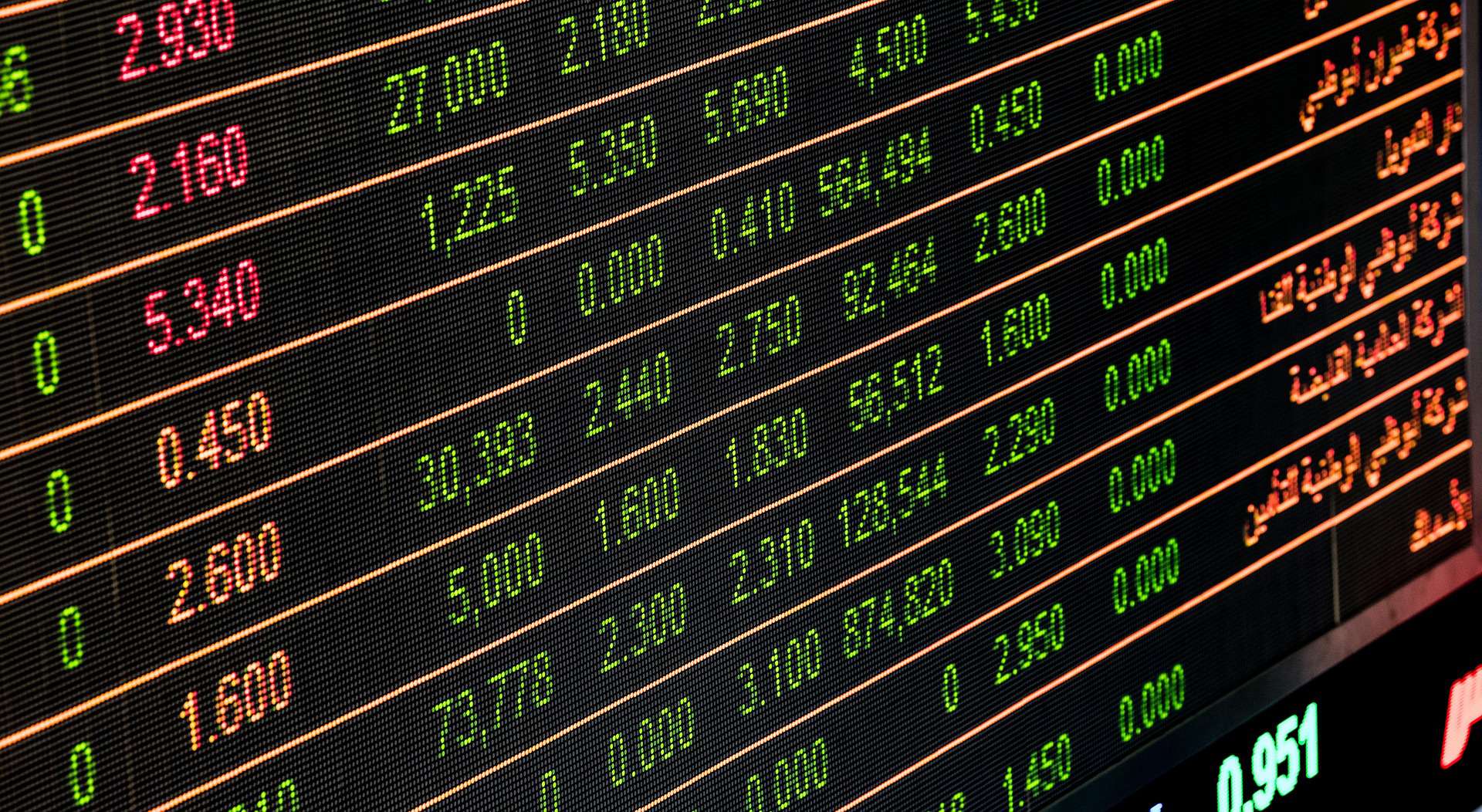What are dividends?
Simply put, dividends are a share of a limited company profit after tax, which is then paid to the shareholders. They are rewards to the owners of the company for investments they have made and can be a simple way to remunerate themselves.
The size of the dividend will depend on how much profit the company has made, either in the current year or from past profits, also known as reserves. The number of shares a shareholder has will also affect the size of the dividend.
Dividend allowance reduction
In the autumn 2022 statement the government announced that the tax-free dividend allowance will be reduced as of 6th April 2023. A move which will impact many of those receiving taxable dividend income.
Since the 2018/19 tax year, the tax-free dividend allowance has been £2,000, a large £3,000 reduction from the previous year. In 2023-24 the dividend allowance will be halved to £1,000. It will then further be reduced to £500 in the following year.
How might this affect you?
For 2023-24, you will not have to pay tax on any dividends that fall below the £1,000 allowance. If dividend income is your only source of income, you will not have to pay any tax until it surpasses £13,570. Where £12.570 of this is your personal allowance, plus the £1,000 tax free dividend allowance.
However, if your dividend income surpasses £1,000 it could lead to higher tax payments as more of your dividend income will be subject to taxation. This will be especially true if the reduction pushes you into the higher dividend tax rate.
Dividend tax rates
It isn’t all doom and gloom for taxpayers who receive dividend income though. In positive news the government did not announce any rises to the dividend tax rates, unlike the previous year. For 2022-23 at least, the dividend rates remain at 8.75% for the basic rate, 33.75% for the higher, and 39.35% for the additional rate.
Although there has been a reduction in dividend allowance, at Hive we have worked hard to ensure our clients are still able to receive dividends in a tax-efficient manner. We create tax plans which provide our clients with a framework for receiving dividends quarterly and help them to understand the tax implications of these in advance.
If you’re interested in working with us to create a tax plan and ensuring you and your business is as tax efficient as possible, please get in touch.








